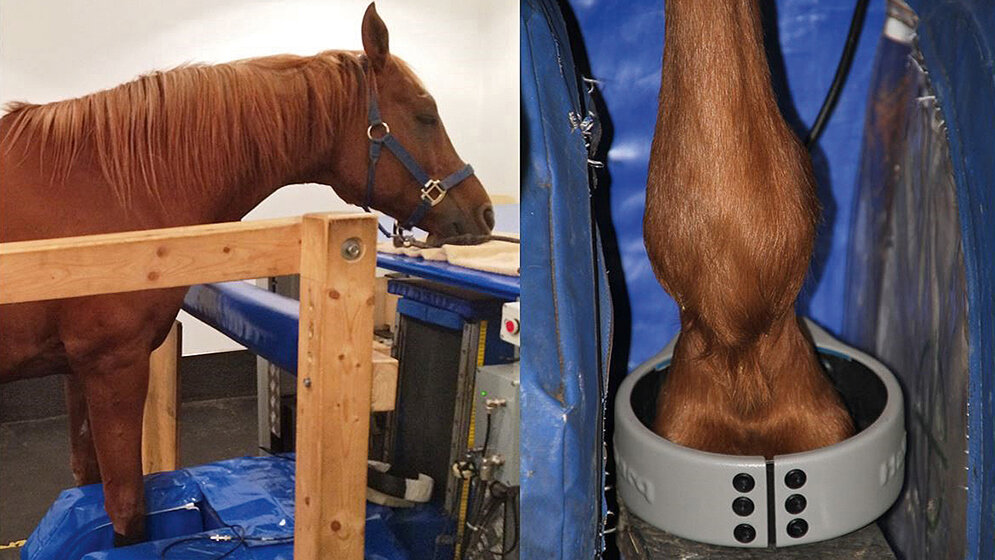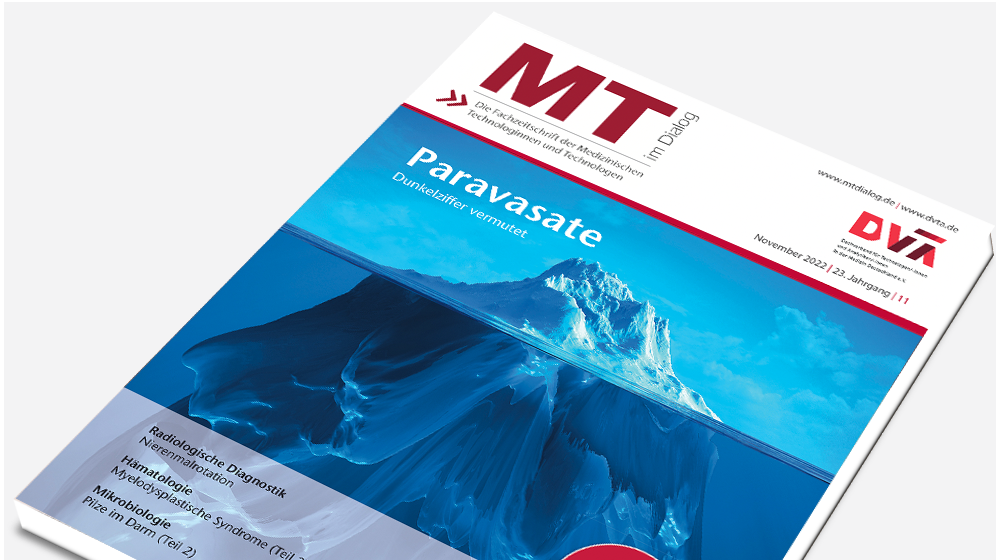What kinds of magnetic resonance imaging (MRI) are available?
There are some Equine-MRI-Companies within Germany and also worldwide, and you can get either an upright standing MRI (0.27 Tesla) or a recumbent, lying-down MRI (1.5 Tesla). Both of them have advantages and disadvantages; the choice depends on the examination goal/s and the horse owner.
When to consider a standing MRI?
Most MRI units only allow imaging of the hock, or knee down. Given that with a recumbant MRI, the horse has to get a general anaesthetic and this can be – in some cases (1 : 100) be lethal for the
500 kg patient – it is seldom used. For this reason, the worried horse owner often doesn’t choose a recumbant MRI, when just the feet or pasterns have to be examined. Therefore, the method of choice is the standing…
Dann nutzen Sie jetzt unser Probe-Abonnement mit 3 Ausgaben zum Kennenlernpreis von € 19,90.
Jetzt Abonnent werden

